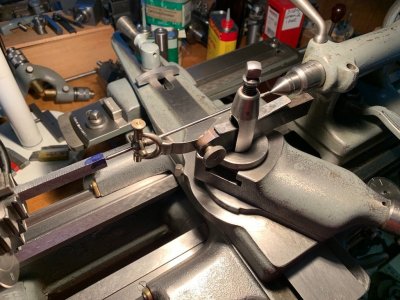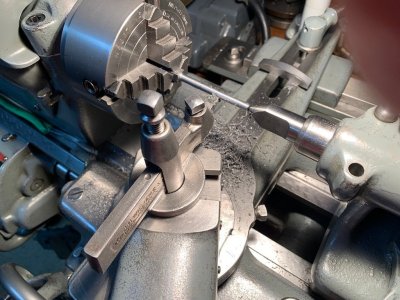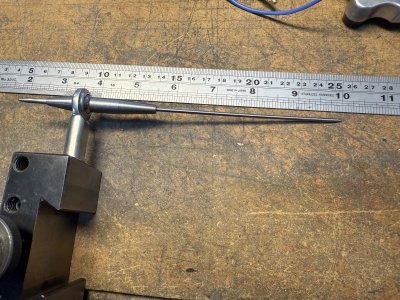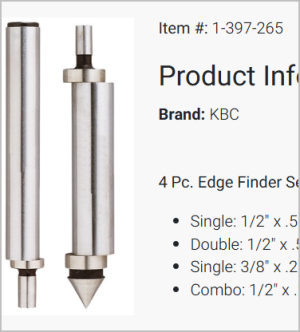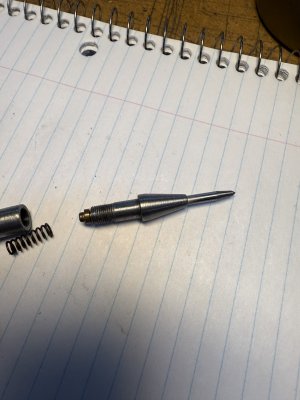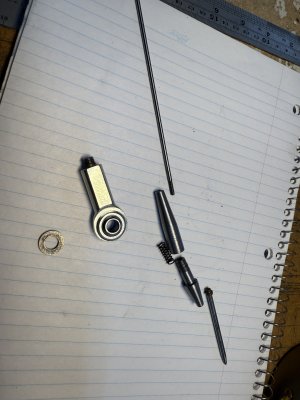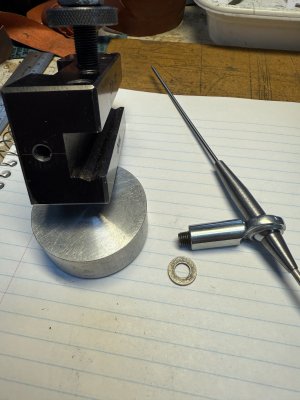Hi All,
I do.
Here is a photo of one which I use to centre a punch mark in the end of long piece of rectangular stock held in the 4 jaw chuck. It takes a bit of setup but with a little practice I can set the punch mark on centre to better than 0.001". It was one of the first tools I ever bought when I purchased the lathe 50 years ago. It was made by Starrett and I don't know if this tool is still made by them. Like everything Starrett, it was not cheap but beautifully made and when needed it is the only way I know of doing something like this. One can increase or decrease the sensitivity of the wiggler by moving the gimble point closer or further away from the punch mark.
I do.
Here is a photo of one which I use to centre a punch mark in the end of long piece of rectangular stock held in the 4 jaw chuck. It takes a bit of setup but with a little practice I can set the punch mark on centre to better than 0.001". It was one of the first tools I ever bought when I purchased the lathe 50 years ago. It was made by Starrett and I don't know if this tool is still made by them. Like everything Starrett, it was not cheap but beautifully made and when needed it is the only way I know of doing something like this. One can increase or decrease the sensitivity of the wiggler by moving the gimble point closer or further away from the punch mark.

